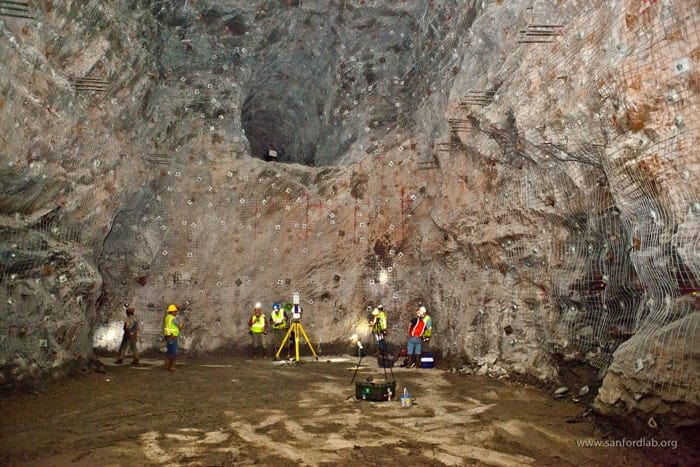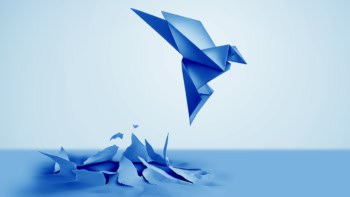
Construction of a new Super Cryogenic Dark Matter Search (SuperCDMS) dark-matter detector can begin now that the next round of funding for the experiment has been has been approved by the US Department of Energy (DOE). The detector should start taking data in the early 2020s and will be located 2 km below the Earth’s surface at SNOLAB in Sudbury, Canada. The experiment will be at least 50 times more sensitive than the previous SuperCDMS experiment, which ran in 2012-13 in the Soudan Underground Laboratory in Minnesota.
The DOE will contribute $19m towards building the detector, while the US National Science Foundation will pay $12m and the Canadian Foundation for Innovation will fork out $3m. The SuperCDMS collaboration involves 111 physicists at 26 institutions in the US, Canada, France and the UK.
The detector will look for weakly interacting massive particles (WIMPs), which are hypothetical dark-matter particles that could account for 85% of the matter in the universe. While indirect evidence for dark matter abounds in astronomical observations, physicists have yet to make a direct detection of the mysterious stuff. Doing so would be a major leap forward in astrophysics and could also point to new physics beyond the Standard Model of particle physics.
Extreme sensitivity
WIMPs are a family of hypothetical dark-matter particles that interact very weakly with ordinary matter. This means that if physicists want to detect WIMPs, they must use an extremely sensitive detector – ideally located deep underground, where it is shielded from cosmic rays and other background radiation.
According to Richard Partridge, head of the SuperCDMS group at the Kavli Institute for Particle Astrophysics and Cosmology at Stanford University, the new experiment will be “the world’s most sensitive for relatively light WIMPs – in a mass range from a fraction of the proton mass to about 10 proton masses”. He calls this sensitivity “unparalleled” and says it will “create exciting opportunities to explore new territory in dark-matter research”.
The SNOLAB experiment will look for WIMPs using silicon and germanium crystals that will be cooled to about 10 mK and surrounded by superconducting aluminium. The hope is that WIMPs will interact with an atomic nucleus in a crystal, creating tiny vibrations (or phonons) that propagate to the edge of the crystal and enter the aluminium. Once in the aluminium, the phonons transfer their energy to superconducting Cooper pairs, causing pairs to break and leading to a large increase in electrical resistance, which can be detected. WIMP-nucleus interactions should also produces electrons and holes in the crystal, which will be detected electronically.
Oversized hockey pucks
Six crystals – each resembling an oversized hockey puck (see figure) – will be arranged in a “detector tower” and the new SuperCDMS will comprise four towers along with the associated electronics, cryogenics and shielding. A detector prototype has been tested successfully at SLAC National Accelereator Laboratory in California and the first detector tower should be delivered to SNOLAB by the end of 2018.

Dark-matter searches get US government approval
“The detector towers are the most technologically challenging part of the experiment, pushing the frontiers of our understanding of low-temperature devices and superconducting readout,” explains SuperCDMS team member Bernard Sadoulet of the University of California, Berkeley.



